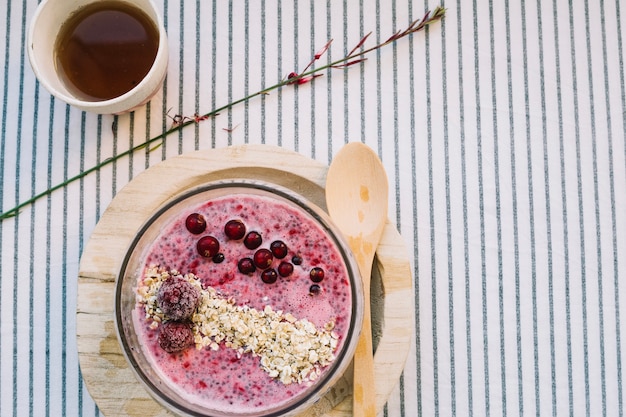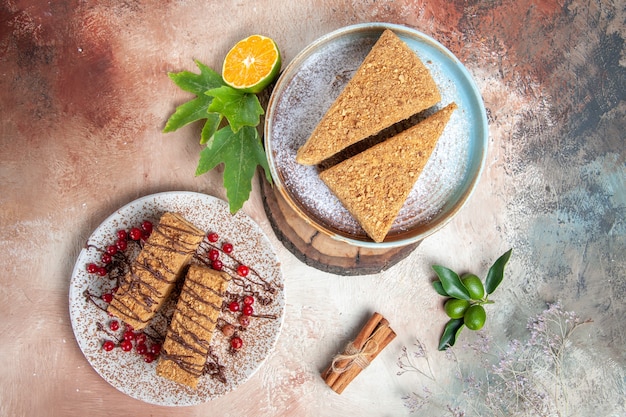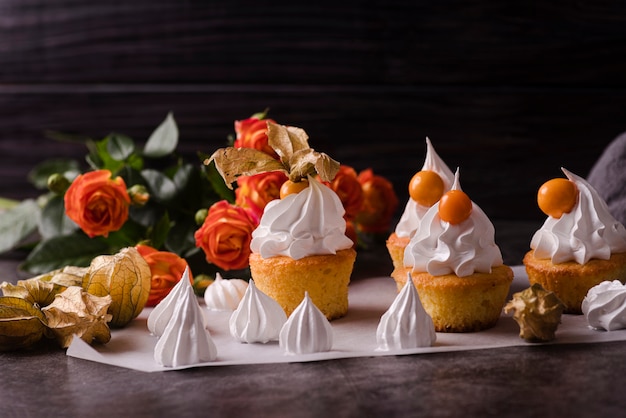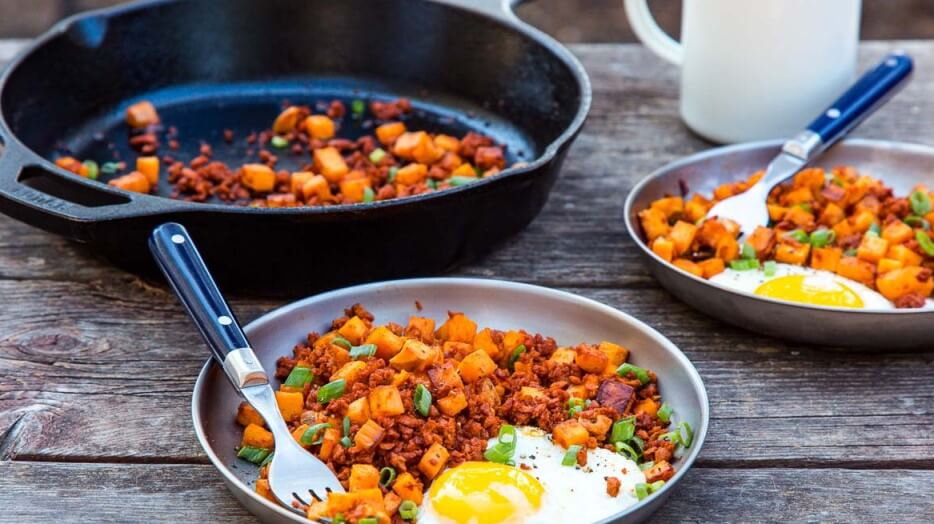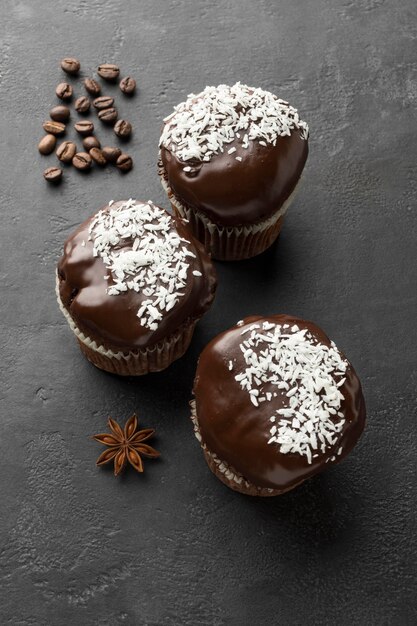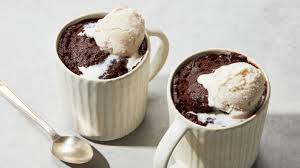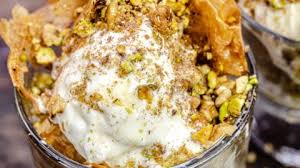Understanding Different Sizes of Sheet Cakes
When it comes to baking for special events, understanding the appropriate dimensions of your dessert can make all the difference. Choosing the right proportions ensures that you can adequately serve your guests while also creating a visually appealing centerpiece. Whether it’s a birthday, wedding, or simple gathering, the shape and size of your creation can elevate the overall experience.
Each event brings its own unique flavor, and the culinary offerings should complement the festivities. By grasping how to navigate the diverse options available, bakers can craft delightful treats that align perfectly with the scale and theme of the occasion. It’s about harmonizing taste, presentation, and practicality to leave a lasting impression.
With a myriad of dimensions and styles to consider, this exploration will aid in making informed decisions. From intimate gatherings to grand celebrations, tailoring your baking to fit the needs of your guests can turn any event into a memorable feast. Let’s delve into the fascinating world of baking proportions and discover the best practices for your next culinary endeavor.
Choosing the Right Cake Dimensions
When planning a gathering or celebration, selecting the appropriate measurements for your dessert is crucial. The dimensions not only affect the visual appeal of your creation but also play a significant role in portion control and guest satisfaction. Understanding how the size correlates with the number of attendees can ensure that everyone leaves happy and none of your culinary masterpiece goes to waste.
To assist in making informed decisions, here’s a table that outlines popular measurements alongside expected portions. This can help you determine what will work best for your event.
| Size (inches) | Servings |
|---|---|
| 9 x 13 | 20-25 |
| 12 x 18 | 30-40 |
| 16 x 24 | 50-70 |
| 18 x 26 | 70-100 |
By evaluating the number of guests and the specific nature of the event, you can better tailor your dessert’s dimensions to achieve the desired impact and satisfaction among partygoers.
Common Sheet Cake Sizes Explained
When planning an event, knowing the right dimensions for baked goods is essential. The variety of offerings can cater to different guest numbers and preferences, ensuring that everyone enjoys a delectable treat. Understanding the most prevalent dimensions helps in making informed decisions for your celebrations.
Standard Dimensions
- Half-Sheet: Typically measures 13 inches by 18 inches, serving around 30 to 40 individuals, making it a popular choice for gatherings.
- Quarter-Sheet: Usually 9 inches by 13 inches, this size is ideal for smaller celebrations, accommodating about 12 to 20 guests.
- Full-Sheet: Often 18 inches by 26 inches, suitable for larger events, serving up to 96 people with generous portions.
Special Sizes and Variations
- Mini-Sheet: A smaller version, often around 10 inches by 15 inches, perfect for intimate occasions with around 10 to 15 attendees.
- Custom Sizes: Many bakers offer customized dimensions to fit specific needs. Always communicate your requirements.
Choosing the right dimensions facilitates better planning, ensuring that everyone at your event leaves satisfied. Understanding how each option serves your needs can enhance the overall experience.
Serving Portions for Different Events
When planning a gathering, understanding the right amount of food to provide is essential for a successful experience. Various occasions demand different approaches to serving, so it’s crucial to evaluate the number of attendees and the nature of the event to ensure that everyone leaves satisfied.
Birthdays: For a birthday celebration, consider a generous portion size to create a festive atmosphere. Typically, each guest might appreciate one piece, allowing for seconds if desired. Depending on the crowd, you may opt for larger servings for close friends and family.
Weddings: At a wedding, portioning can vary greatly due to the formal nature of the event. Often, it is customary to serve smaller portions, as guests may indulge in multiple courses throughout the reception. Planning for about half a piece per guest can help avoid waste while ensuring ample choices.
Corporate Events: In a professional setting, small, bite-sized portions are preferable. Guests tend to sample different options, so providing treats that allow for easy mingling is key. Aiming for about a quarter piece per guest can keep the atmosphere light without overwhelming them.
Seasonal Celebrations: During holidays or family gatherings, it’s common to offer larger portions as people often gather in groups. Considering each guest might want to enjoy a piece, serving whole slices works well to promote sharing and togetherness.
Ultimately, understanding the context of your event will greatly influence how much to prepare, allowing for a delightful experience for all involved.
Tips for Baking Perfect Sheet Cakes
Crafting a delightful and visually appealing dessert can be a rewarding experience, especially when it comes to large baked goods. Achieving success in this endeavor requires attention to detail, understanding of techniques, and the right ingredients. Here are key recommendations to elevate your baking skills and ensure that your confections turn out delicious every time.
- Select the Right Pan: Choose a suitable baking pan with the appropriate dimensions to ensure even cooking. Typically, a metal pan conducts heat better than glass.
- Preheat Your Oven: Always preheat your appliance to the desired temperature before placing your mixture inside. This helps with proper rising and texture.
- Measure Ingredients Accurately: Use a kitchen scale or measuring cups and spoons to ensure precision. The right proportions are crucial for achieving the desired taste and texture.
- Mix Ingredients Thoroughly: Cream your butter and sugar well to create a light mixture, and ensure to incorporate your eggs one at a time for better emulsion.
- Do Not Overmix: Once you add flour, mix just until combined to avoid developing gluten, which can lead to a dense result.
Additionally, keeping an eye on baking times and using the toothpick test can help determine doneness. Every oven varies, so it’s important to monitor closely.
- Cool Before Frosting: Allow your baked treat to cool completely in the pan before transferring it. This prevents melting and ensures even spreading of icing.
- Store Properly: If you’re not serving immediately, store the dessert in an airtight container to maintain moisture and freshness.
By following these practical suggestions, you’ll be well on your way to creating impressive desserts that are sure to please your guests and satisfy your sweet tooth.
Decorating Ideas for Any Occasion
Creativity knows no bounds when it comes to embellishing treats for special moments. Each gathering provides a unique canvas, allowing you to express themes, colors, and personal touches that resonate with the event. Whether it’s a birthday, a wedding, or a casual get-together, the way you adorn your confection can elevate the overall experience and impress your guests.
Themes to Consider
- Seasonal Themes: Use elements that reflect the current season, like autumn leaves for fall or pastel colors for spring.
- Color Schemes: Align colors with the event’s palette for a cohesive look, like red and green for holidays or soft pinks for a baby shower.
- Favorite Characters: Incorporate motifs of beloved characters from movies or cartoons for children’s events.
Decorative Techniques
- Frosting Techniques: Experiment with piping techniques, creating rosettes or ruffles to add texture.
- Edible Decorations: Utilize sprinkles, fruits, or chocolate shavings as a tasty embellishment.
- Topper Creations: Design personalized toppers, such as photos or themed figures, to lend a more unique flair.
Customization goes beyond mere aesthetics; it reflects the spirit of the gathering and the personalities involved. Get creative with your approaches, and let each detail sing a note of celebration.
Storing and Transporting Your Cake
Ensuring the freshness and integrity of your baked masterpiece is essential, especially when you need to relocate it or keep it for later enjoyment. Proper handling techniques can maximize the flavor and texture while minimizing any damage during transit. Below are key strategies to effectively preserve and transport your confection.
Temperature Control
Maintaining the right temperature is vital for keeping your treat delicious. Depending on the ingredients used, refrigeration may be necessary. Always consider the following:
| Storage Condition | Recommended Temperature |
|---|---|
| Room Temperature | 68-72°F (20-22°C) |
| Refrigerated | 32-40°F (0-4°C) |
| Frozen | 0°F (-18°C) or lower |
Safe Transport Techniques
When it comes to transporting your creation, a few precautions will help you arrive at your destination with minimal risk of mishaps. Consider using a sturdy, flat surface and securing your treat tightly to prevent any shifting during travel. Specialized cake boxes or carriers are ideal, as they provide the necessary support to keep everything intact.
Q&A: Sheet cake pan sizes
What are the standard sheet cake sizes, and how many people does each size serve?
Standard sheet cake sizes generally include quarter sheet (9×13 inches), half sheet (13×18 inches), and full sheet (26×18 inches) cakes. A quarter sheet typically serves about 12-20 people, a half sheet serves around 30-50, and a full sheet can serve 70-100 people. These numbers can vary based on portion sizes and whether you’re serving other desserts at the event, but this gives a solid guideline for planning.
How do I choose the right sheet cake size for a birthday party?
Choosing the right sheet cake size for a birthday party depends on the number of guests and their age group. For an average children’s birthday party with 10-15 kids, a quarter sheet cake is usually sufficient. For larger gatherings, like a milestone birthday with 20-40 guests, a half sheet would be more appropriate. Always consider whether other desserts or snacks will be served, as this can help gauge the amount of cake needed.
Can I customize the design and flavor of a sheet cake for an event?
Absolutely! Most bakeries and cake makers offer customization options for sheet cakes, including a variety of flavors, fillings, and decorative designs. You can request themes that match the occasion, such as colors or motifs for weddings, birthdays, or corporate events. Make sure to communicate your ideas clearly with the baker and ideally provide them with a visual reference so they can create a cake that meets your expectations.
Are there any special considerations for serving sheet cakes at outdoor events?
Yes, there are several considerations for serving sheet cakes outdoors. First, keep in mind the temperature; if it’s too warm, frosting can melt and compromise the presentation. Opt for buttercream or fondant icing that can hold up better in heat. Additionally, consider how to keep the cake covered or shaded from direct sunlight until it’s time to serve. Lastly, plan for sufficient serving tools and plates, as well as a method to transport the cake safely to the event location.
What is the difference between a sheet cake and a layer cake?
The primary difference between a sheet cake and a layer cake lies in their structure and presentation. A sheet cake is typically a single, flat cake baked in a rectangular pan, making it easier to serve and less complex to decorate. It is usually frosted on top and sometimes the sides. In contrast, a layer cake consists of multiple layers of cake stacked on top of each other, often with frosting or filling in between layers, giving it a taller and more dramatic appearance. Each type serves different aesthetic and serving purposes, making them suitable for various occasions.
What are the standard sizes of sheet cakes, and how do I choose the right size for my event?
Standard sizes of sheet cakes typically include quarter sheet (9″x13″), half sheet (13″x18″), and full sheet (26″x18″). When choosing the right size for your event, consider the number of guests you’re expecting and the type of event. For small gatherings or family celebrations, a quarter sheet may suffice, serving about 12-20 people. A half sheet is perfect for medium-sized parties, accommodating 25-50 guests. For large events like weddings or corporate functions, a full sheet cake can serve upwards of 100 people. It’s also important to factor in whether the cake will be the only dessert or if other sweets will be offered. If you’re unsure, it can help to slightly overestimate the size to ensure everyone gets a slice!
How many servings does a standard half sheet cake provide?
A standard half sheet cake typically provides 30 to 40 servings, depending on how the cake is sliced. For larger events, smaller 2×2 inch slices are common, which can increase the number of servings to around 54.
What size is a half-sheet cake pan, and how much cake batter do I need?
A half-sheet cake pan is usually 18×13 inches and 2 inches tall. You will need about 16 cups of cake batter to fill a half-sheet cake pan properly, ensuring that the cake bakes evenly without overflowing.
How do I calculate the number of servings for a full-sheet cake?
To calculate the number of servings for a full-sheet cake, divide the pan area (usually 24×18 inches) by the serving size. For standard 2×3 inch pieces, a full-sheet cake can provide around 70 to 80 servings.
What is the difference between a half-sheet cake and a full-sheet cake?
A half-sheet cake is half the size of a full-sheet cake. While a full-sheet cake is 24×18 inches and can feed 70 to 80 people, a half-sheet cake measures 18×13 inches and typically serves 30 to 40 people.
What is the purpose of using a sheet pan extender when baking large cakes?
A sheet pan extender helps to increase the height of your cake, allowing you to bake thicker cakes without the batter spilling over the edges. This is especially useful when making tall cakes or layered cakes in shallow pans.
How can I prevent overbaking when making a large sheet cake?
To prevent overbaking a large sheet cake, use an oven thermometer to ensure accurate temperature, and check the cake for doneness 5-10 minutes before the suggested baking time. You can also rotate the cake halfway through baking for even cooking.
What is the best way to store a half-sheet cake to keep it fresh?
The best way to store a half-sheet cake is to keep it in an airtight container or wrap it tightly in plastic wrap. If the cake has frosting, you can refrigerate it for up to 3 days. For longer storage, freeze the cake after tightly wrapping it.
How many cups of batter do I need to fill a quarter-sheet cake pan?
A quarter-sheet cake pan, which measures 13×9 inches and is 2 inches deep, typically requires 7 to 8 cups of cake batter. This amount will allow the cake to bake evenly without spilling over the edges.
What size sheet cake should I make for a wedding to feed a crowd of 100 people?
For a wedding with 100 guests, you will likely need at least one full-sheet cake (which serves 70 to 80 people) and an additional half-sheet cake to ensure there are enough servings. You can also opt for multiple half-sheet cakes.
What are the best cake pans to use for achieving straight edges on a sheet cake?
For straight edges on a sheet cake, it’s best to use a heavy-duty, straight-sided cake pan. Pans with straight edges and a good depth, such as 2 inches, ensure that the cake bakes evenly and the sides remain sharp, making it easier to frost and decorate.
What is the typical size and serving capacity of a single-layer cake?
A single-layer cake is usually baked in an 8 or 9-inch round pan. It typically serves 8 to 12 people, depending on the size of the cake slices. This size is ideal for small gatherings or as a layer in a multi-layer cake.
How much batter do I need for a full-sheet cake pan?
A full-sheet cake pan measures approximately 24×18 inches and requires about 16 cups of batter to fill properly. This allows the cake to bake evenly and ensures that it rises to the correct height.
What is the best size for a sheet cake to feed a large group of people?
For a large group, such as at a wedding or formal event, a full-sheet cake is often the best size. It measures 24×18 inches and can serve around 70 to 80 people, depending on the size of the cake slices.
How can I determine how much batter is needed for different sizes of sheet cakes?
To determine the amount of batter needed, consider the dimensions and depth of the sheet cake pan. For a half-sheet pan (18×13 inches), you need about 8 cups of batter. For a quarter-sheet pan (13×9 inches), 7 to 8 cups of batter is typically sufficient.
What are the common sizes for sheet cake pans, and how do they differ?
Sheet cake pans come in various sizes, including full-sheet (24×18 inches), half-sheet (18×13 inches), and quarter-sheet (13×9 inches). Each size accommodates different batter amounts and serves different numbers of people, with full-sheet pans being the largest and quarter-sheet pans being the smallest.
How should I store a large sheet cake to maintain its freshness?
To keep a large sheet cake fresh, store it in an airtight container or wrap it tightly with plastic wrap. If the cake is frosted, you may want to refrigerate it to prevent the frosting from becoming too soft. For longer storage, freezing the cake is an option.
How do I properly chill a sheet cake before frosting it?
To chill a sheet cake before frosting, allow it to cool completely on a wire rack. Once cooled, cover it with plastic wrap and place it in the refrigerator. This helps firm up the cake, making it easier to frost and decorate.
What is the difference between a half-sheet and a full-sheet cake in terms of size and servings?
A half-sheet cake measures 18×13 inches and serves approximately 30 to 40 people, while a full-sheet cake measures 24×18 inches and serves around 70 to 80 people. The full-sheet cake is larger and better suited for bigger gatherings or events.
What type of frosting pairs well with a full-sheet cake?
Cream cheese frosting and buttercream are popular choices for full-sheet cakes. Both types of frosting are versatile, allowing for a variety of flavors and decorations. They also work well with large cakes, providing a smooth finish and ample coverage.
How do I calculate the number of servings from a rectangular sheet cake?
To calculate the number of servings from a rectangular sheet cake, divide the total area of the cake by the desired slice size. For example, a full-sheet cake measuring 24×18 inches can be cut into 2×3 inch pieces, yielding about 70 to 80 servings.

